02Annual
highlights

In 2024–25
the value of the Future Fund by
Non-Executive Directors across the country
Portfolio activity in 2024–25
The world continues to evolve and change. In 2021 we released our first position paper – A New Investment Order – that set out several paradigm shifts surrounding four specific orders: world, economic, policy and markets.
These shifts – including inflation regimes, climate and energy transition, changing asset correlations and technology disruption – continue to evolve and impact global financial markets and investment portfolios, making the longer-term investment environment challenging for investors.
We continue to believe forward-looking returns will be difficult to earn and reappraising how we invest to achieve our Investment Mandate is an important focus. Details on why such a refresh is necessary with changing geopolitics underpinning the investment environment, and how we have responded to this investment challenge has been documented in our second and third position papers – The Death of Traditional Portfolio Construction and Geopolitics: The Bedrock of the New Investment Order.
This effort has meant we made over $90 billion of change across the portfolio for the 2024–25 financial year alone, and changes totalling close to $290 billion since May 2021.
As in previous years, portfolio activity was centred on two focal points:
- Enhancing long-term returns
- Protecting real wealth by building a resilient portfolio in response to possible scenarios presented by the New Investment Order.
The following diagram illustrates the evolution of our portfolio construction process over the past year.
Increase long-term returns, maintain alpha ambition and protect real wealth in adverse scenarios.
Focusing on the highlighted zones in the diagram above:
-
We increased our level of structured risk across the
financial year to improve real returns and
to maximise the prospect of achieving the Investment
Mandate. This reflects our outlook as we believe we will
experience higher nominal growth across most scenarios we
model, with cash flows from listed equities likely to
benefit from the pass-through of inflation.
Risks are however present, and we believe they will grow over the investment horizon. As a result, we need to maintain strong portfolio flexibility to allow us to adjust our portfolio over time.
This change was largely accomplished by increasing our exposure to listed equities and we continued to focus on making investments that rely on investor skill or active management, rather than taking on passive market risk.
This approach shows our ongoing belief that active management will be better rewarded in an environment where geopolitical risk and higher-to-more volatile inflation and interest rates make market/beta returns less certain.
Examples of this change include further investment into actively managed opportunities in Japanese equities due to positive reforms to corporate practices and balance sheets, and further funding for Australian small caps equities that were initially funded in 2022–23.
We have prioritised work reviewing active opportunities in emerging market equities as part of a broader shift from passive management.
We have also provided capital to a new co-investment strategy and capability in listed tangible assets and continued to support our existing Private Equity co-investment strategy, focusing on early-stage venture opportunities, as well as technology exposures more generally across private equity to help capture opportunities across this megatrend. -
As noted in previous years, to reflect scenarios with
structurally higher and more volatile inflation we have
continued to
rely less on global interest rate exposure to provide us
with diversification.
Instead, we seek to obtain portfolio diversification through currency, commodities and alternatives, consistent with ongoing concerns with correlations as detailed in our position paper on geopolitics. Reflecting this focus on diversification and our increase in structural risk across the portfolio, we made meaningful changes in rates and currency, with these adjustments totalling more than $40 billion across the 2024–25 financial year.
Regarding currency, our focus on diversification led us to better identify the risks associated with US exceptionalism and US dollar concentration in our portfolio, allowing us to restructure our Developed Market Foreign Exchange basket. These changes contributed materially to our returns for the 2024–25 financial year.
While we continue to view government rate exposure as less diversifying and less rewarded when compared to previous decades, we continue to hold our duration through assets like Infrastructure that also help us capture inflation. An example is the Future Fund’s investment in Transgrid in May 2025, which operates and manages the high voltage electricity transmission network in New South Wales and the Australian Capital Territory.
We also worked on additional levers that will provide us with appropriate downside protection under certain scenarios, ranging from alternative exposures through to active commodity exposures. -
As discussed in the
2023–24 Year In Review, enhanced portfolio liquidity and flexibility occurred
through the creation of our Treasury Management function.
This has allowed us to act with
more dynamism across the year, disposing of
assets at the peak of their valuation cycles and recycling
capital into opportunities that have presented. This
involves investing capital in energy transition mandates in
the US and Europe, providing capital to high-quality
property managers to capture opportunities associated with
the re-rating of property valuations and exploring the scale
of multi-asset opportunity in the secondaries market.
Additionally, we further increased the amount of developed market currency we hold in keeping with our increase in structural risk, reducing our foreign exchange hedging requirement that can be a drain on our portfolio liquidity and flexibility.
We have also refreshed and integrated our top-down scenarios to reflect the institutional and policy changes anticipated in the New Investment Order, and as a result better prepare our portfolio and investment process for possible future paths. Being more prepared allows us to reflect more dynamism in our portfolio decision-making and activity. -
In the spirit of being opportunistic, we made substantial
changes to our physical portfolio during
2024–25 – totalling close to $35 billion. These changes,
while reflecting the pipeline of ongoing opportunities
presented to us by our external partners and investment
network, highlight our proactive approach in seeking to
capture exposures across three megatrends – energy
transition, AI and technology, and shifting balance sheets.
While certain examples of changes to our physical portfolio have been previously discussed in this Year in Review, other examples include Credit (special situations, direct lending and private credit) and all other private market classes. A specific private market example is the Future Fund’s further investment in CDC, with data centres expected to play an important and long-term role in an economy experiencing technological advancement.
As mentioned previously, our increase in structural risk occurred primarily through an uplift in listed equities, with a focus on active management. This ongoing focus will lead to a reduction in passive market exposure in time. Our uplift in structural risk also led to a decline in cash in our portfolio, although our enhanced Treasury Management function has significantly improved our cash management capability across the portfolio. -
We have worked on improving
regional differentiation, continuing to
support our preference for domestic infrastructure assets,
given their ability to hold value in a higher inflation
environment and provide predictable cash flows.
We have continued to increase our support for other regions (such as Japan and Europe) across all asset classes as identified longer-term geopolitical drivers like changing trade dynamics and increased strategic competition took hold. Equally, we became more cautious of other regions, like China, that we believe are more geopolitically challenged and are therefore more likely to have their longer-term growth models impacted.
Similar portfolio activity occurred for the Medical Research Future Fund, the ATSILS Fund, the Future Drought Fund, the Disaster Ready Fund and the Housing Australia Future Fund.
We continue to diversify those five funds and build exposures to high-conviction and capacity-constrained managers.
New mandate and national priorities
In November 2024, the Australian Government announced it would defer drawdowns from the Future Fund until at least 2032–33 and released an updated Future Fund Investment Mandate and Statement of Expectations.
The deferral of withdrawals ensures that the Future Fund can continue to strengthen the Australian Government’s long-term financial position and make sustainable contributions to the Budget.
This was a welcome decision as it provides our organisation certainty to continue to build the portfolio and structure the Agency for a longer-term future.
By 2032–33, the Future Fund is expected to grow to $380 billion. That should enable not only all of the pension liabilities to be met over ensuing decades but also generate earnings that form the basis of an enduring sovereign wealth fund.
The revised Investment Mandate now incorporates reference to certain national priorities that the Board should have regard to when making investment decisions. These national priorities are:
- Increasing the supply of residential housing in Australia
- Supporting the energy transition as part of the net zero transformation of the Australian economy
- Delivering improved infrastructure located in Australia including economic resilience and security infrastructure.
It is important to note that the Board assesses every investment opportunity based on its risk and return characteristics and ability to maximise portfolio returns with acceptable risk. If there are no investment opportunities in the national priority areas with appropriate risk-adjusted returns that complement the Fund portfolio, the Board will not invest.
In responding to the Government’s expectations, the Board confirmed that its paramount objective, consistent with the Investment Mandate and the Future Fund Act 2006, remains the return of at least the CPI + 4.0% to 5.0% per year over the long term with acceptable risk.
Where the Board to date has seen appropriate investment opportunities, it has already been investing in these areas, reflecting our thinking about changes in the world and the opportunities and risk this creates.
First year reflections from our Chair
In June, our Chair, Greg Combet, delivered an address on his first year leading Australia’s sovereign wealth fund during an event held with the Committee for Economic Development of Australia.
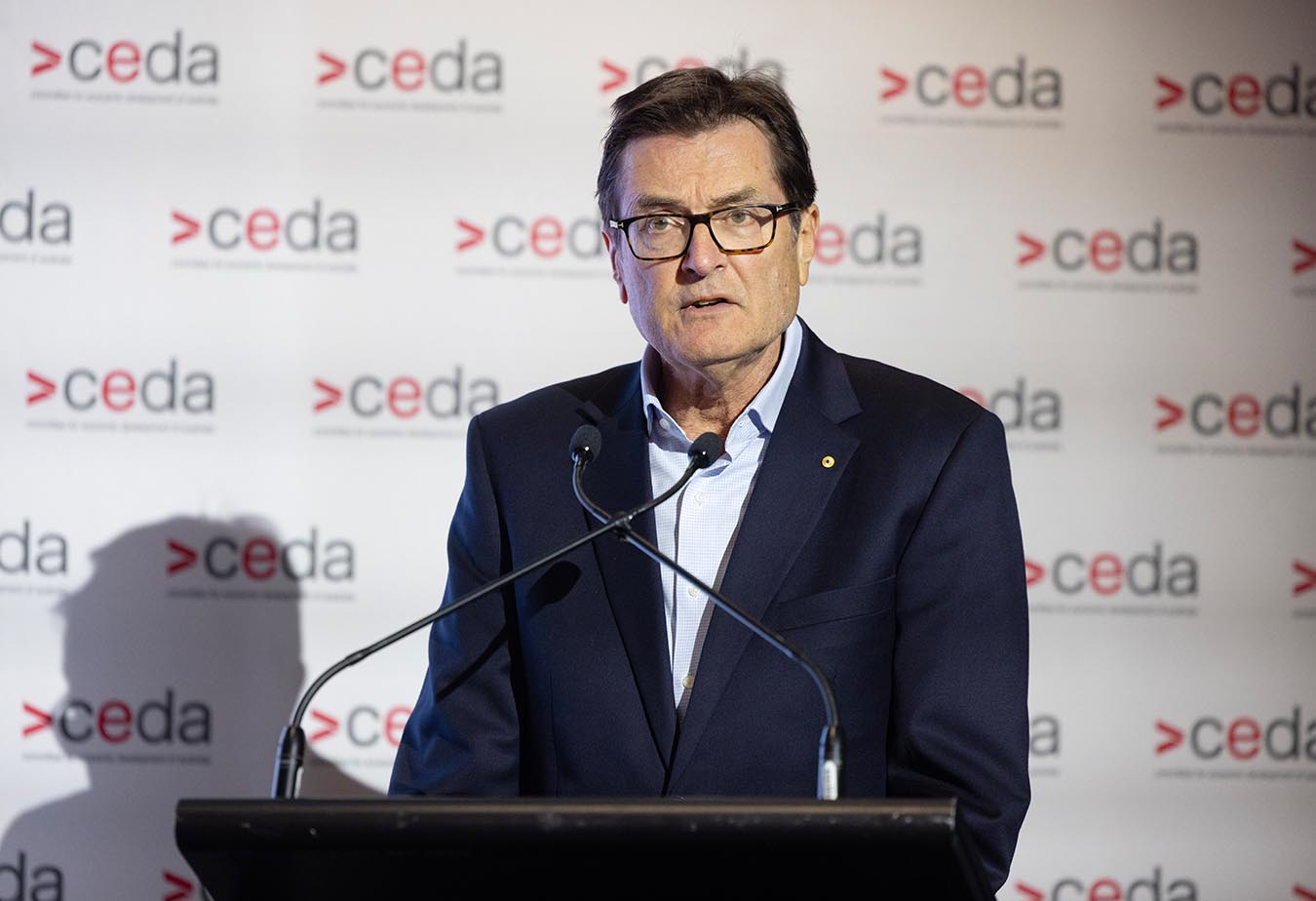
During the speech Mr Combet highlighted the contributions the seven funds managed by the Board make to the country and the continuing evolution of the Future Fund to meet the challenges of delivering its return mandate in a rapidly changing environment.
“Many of the certainties and assumptions that have underpinned our approach to economic policy and global security for decades are under challenge.”
“In these circumstances it is vital for Australia to have institutions that embody our values, that are thoughtful in navigating this complex global environment, and that are focused on the long term. The Future Fund is all these things,” said Mr Combet.
Mr Combet told the audience that a series of changes announced in the past year by both the Federal Government and the Future Fund itself would help in its mission of delivering long-term returns and would further the contribution of the Fund to the nation.
The changes included the deferral of withdrawals from the Future Fund, a new Investment Mandate announced by the Federal Government in November, the adoption by the Board of a Responsible Investment Belief (RI Belief) and related focus on risks and opportunities of climate change, and the newly acquired ability to manage and invest in Australian infrastructure and property assets without an external investment manager in certain circumstances.
Mr Combet said the Board’s new RI Belief was an important addition to the beliefs that guide the Future Fund’s investment activities. That belief will be embedded into the investment processes over the coming years, including working with our investment managers to consider ESG and climate factors.
You can read the full speech on our Future Fund website at: http://www.futurefund.gov.au/news-room
Responsible investment at the Future Fund
At the Future Fund we have always recognised the importance of ESG issues and have integrated these considerations into our investment thinking since inception.
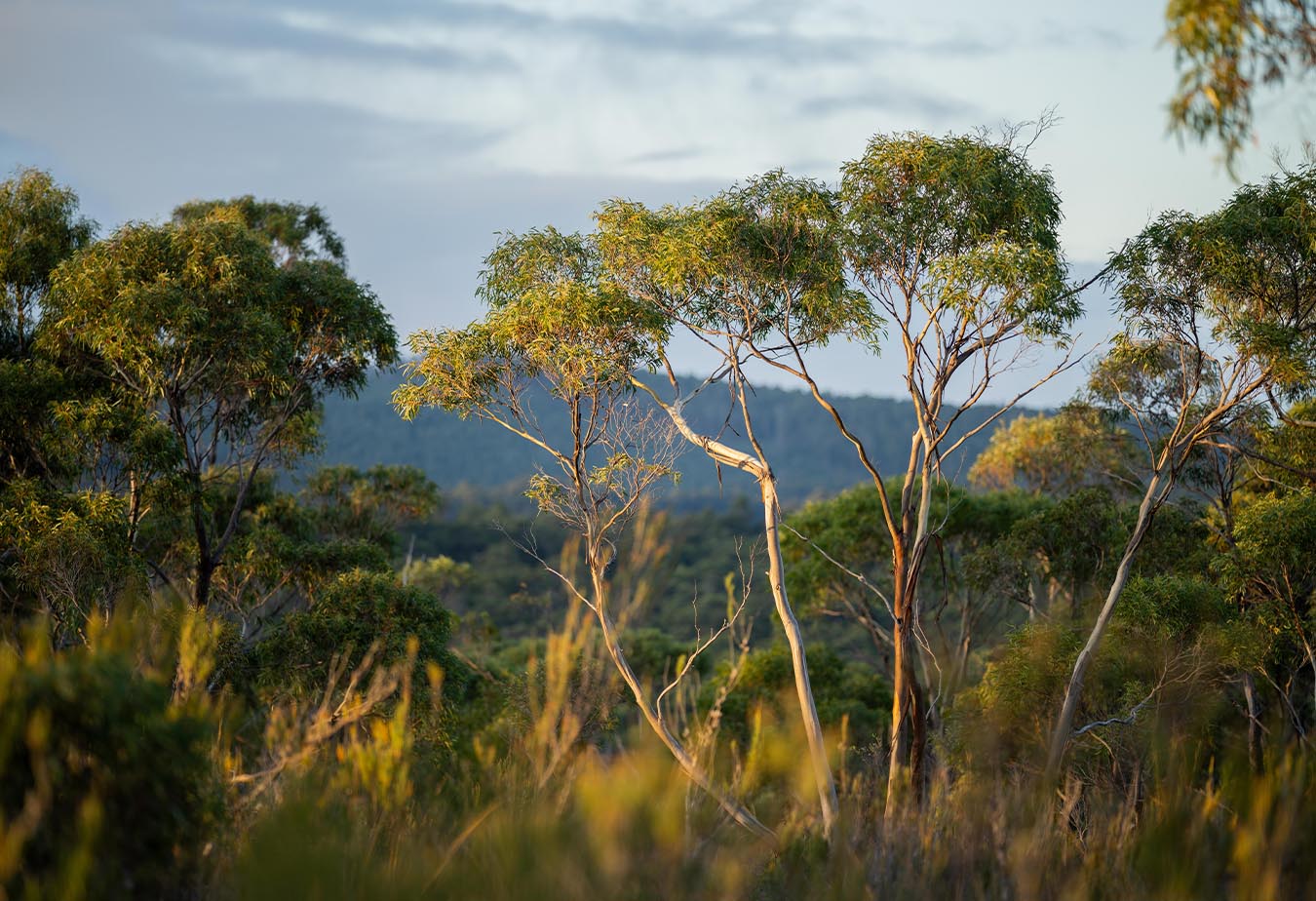
As the world changes and evolves, however, so must we. This includes responding to some of the changes and opportunities detailed in our position papers, such as climate change and systemic shifts in the interaction of business, communities and regulators.
Throughout 2024–25, our Responsible Investment (RI) Team worked with the Board and Agency leadership on a strategic review of our approach to this area. This review led to the Board confirming our RI positioning, approving a new RI Belief, and developing a multi-year program of work to guide our progress through to 2027.
Our evolving RI approach is vital to deepening our understanding of the long-term, systemic factors occurring in the world that we identified in our New Investment Order Framework, and their influence on risk, return and portfolio resilience.
“The work that we are doing is grounded in the premise that understanding ESG and climate-related risks and opportunities across the investment lifecycle is fundamental to building and maintaining a resilient, future-ready portfolio,” said Kirsten Simpson, Executive Director of Responsible Investment.
“Our responsible investment approach is focused on delivering long-term value to the Australian Government and future generations of Australians. It also helps safeguard our reputation and credibility as Australia’s sovereign wealth fund,” Kirsten said.
The new RI Belief was formalised by the Board of Guardians and is now one of eight core investment beliefs.
The Belief is: integrating ESG considerations, including climate change, as a Responsible Investor enhances long-term returns and our reputation.
The addition of this Belief is a milestone reflective of the Fund’s evolving approach to ESG issues and the Board’s commitment to RI. To bring it to life, we are building out the RI Team and executing a multi-year plan which will guide the evolution of our investment governance and processes.
This year also marked another significant achievement with the introduction of our new RI Policy. This policy articulates what responsible investment means to us and what the Investment Team will focus on, and is built on four pillars:
- Integration – we integrate ESG and climate change risks and opportunities into our investment analysis and decision-making to drive financial returns and long-term value.
- Stewardship – by actively engaging with companies and encouraging them to uphold high standards of governance, we can work to enhance the long-term performance and resilience of our investments.
- Exclusions – the Board’s exclusion approach aligns with activities banned by the treaties and conventions that the Australian Government has ratified.
- Collaboration – working with like-minded investors and other relevant industry participants is a highly efficient means of deepening knowledge, gaining diverse insights and perspectives, and advancing best practice.
Our RI Policy also highlights the issues we will prioritise in our research, stewardship and collaboration activities which include climate change, nature and biodiversity, and responsible technology.
Our RI Belief and Policy are available on our website at: www.futurefund.gov.au/en/investment/how-we-invest/responsible-investment
Increasing our investments in Australian data centres
In collaboration with infrastructure investment firm Infratil, the Future Fund increased its shareholding in CDC, a leading data centre operator in Australia and New Zealand.
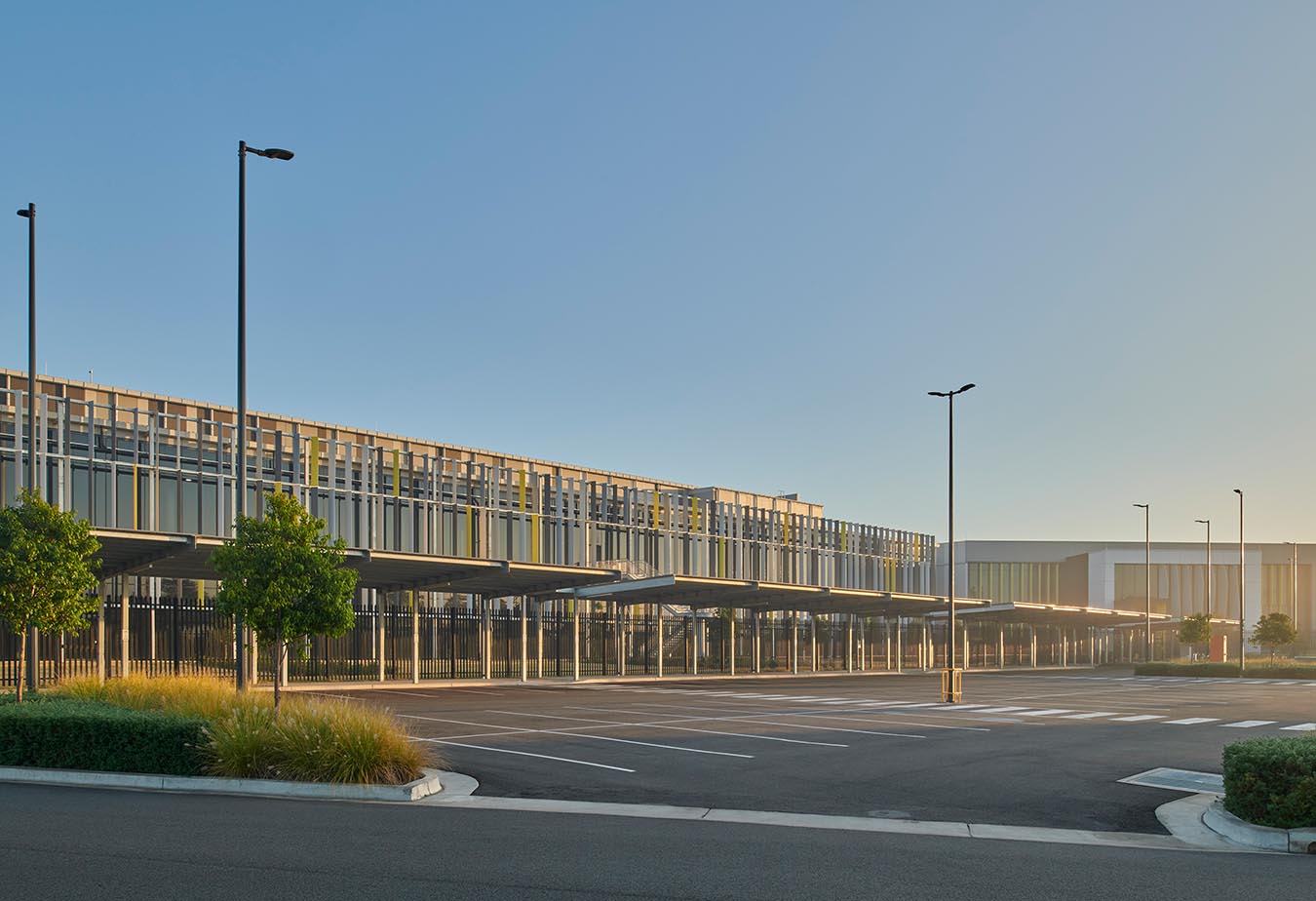
This strategic acquisition comes at a time of accelerating demand for cloud services, AI and digital transformation across the region.
CDC is the largest operator and developer of data centres in Australia and New Zealand, with a total capacity of 2.5 GW across operational, under-construction and planned sites. Its facilities are essential to sectors critical to national security and economic wellbeing including government, research and education, critical infrastructure, and hyperscale computing, particularly AI applications.
The transaction involved the purchase of some shares previously held by the Commonwealth Superannuation Corporation, resulting in the Future Fund increasing its stake in CDC to 34.55%. The acquisition reflects a continued commitment to infrastructure assets that support the evolving needs of the digital economy.
This move aligns with the Future Fund’s view of the opportunities provided through the growth of data usage and the updated Investment Mandate. Infrastructure investments such as CDC offer attractive risk-adjusted returns and local currency exposure, helping to insulate the portfolio from global market volatility.
In December 2024, CDC shareholders, including the Future Fund, provided additional equity funding to support the company’s multi-year development pipeline. This capital injection enables CDC to meet growing customer demand for secure, high-performance data centre campuses that meet the highest optimal technological standards.
The Future Fund’s increased investment in CDC underscores the Agency’s confidence in the long-term growth of the data centre sector and aligns with its broader strategy of investing in quality Australian infrastructure.
Powering the energy transition with Transgrid
In May 2025, the Future Fund announced that it had acquired a 9.995% stake in Transgrid from Canadian pension fund OMERS, with the holding split between the Future Fund and the Medical Research Future Fund.
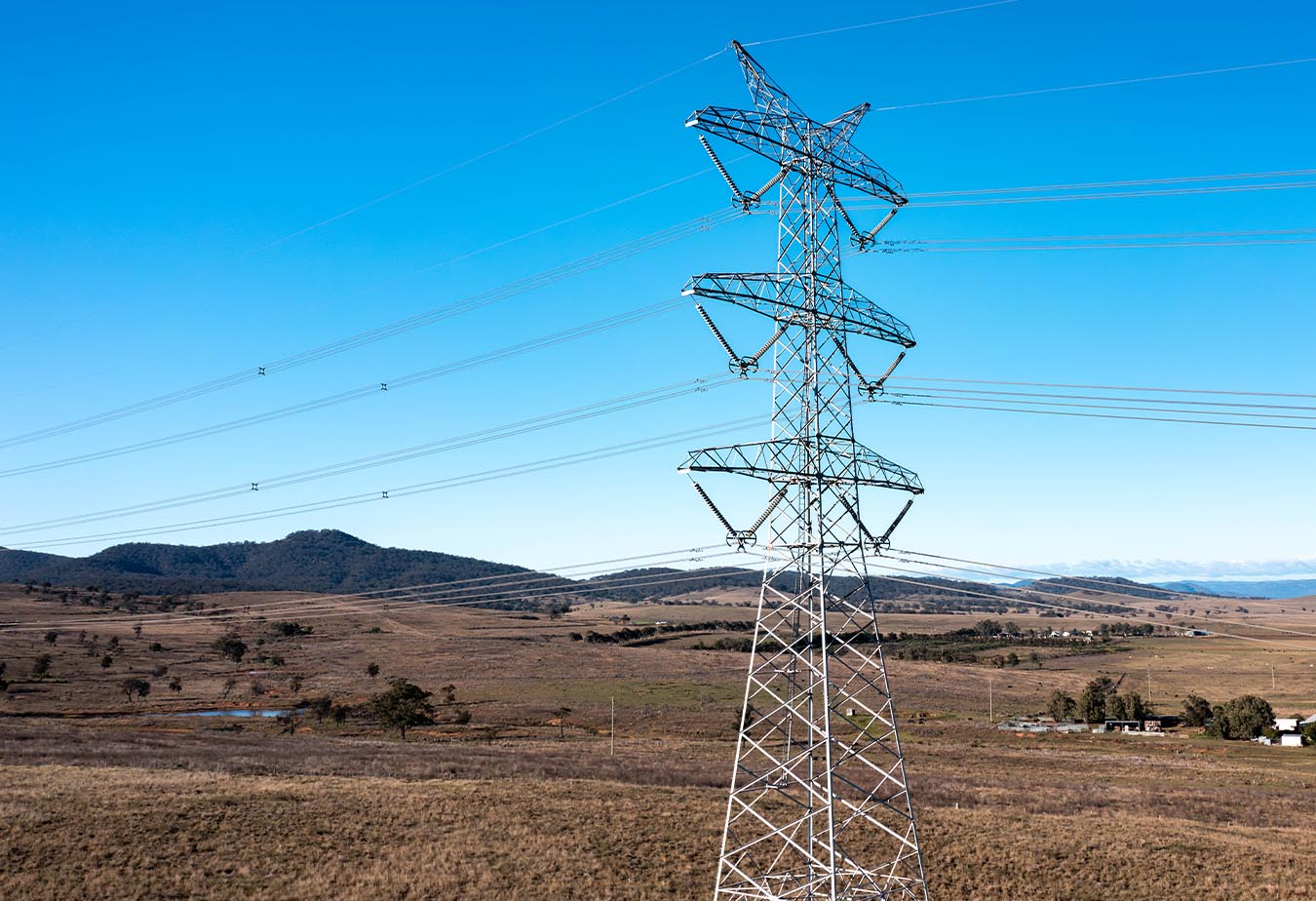
Transgrid operates and manages Australia’s largest high voltage electricity transmission network, spanning New South Wales and the Australian Capital Territory. It is the largest electricity transmission network in Australia, providing the backbone of the National Electricity Market, and is a critical enabler of the decarbonisation of the Australian electricity sector through its investment in new transmission infrastructure.
This strategic investment aligns with the Future Fund’s mandate to deliver strong, risk-adjusted returns while supporting national priorities such as the energy transition.
“Our investment in Transgrid is in line with our risk and return objectives and reflects our consideration of the opportunities of the energy transition,” said Ben Samild, our Chief Investment Officer.
“The transition requires the commitment of patient, long-term investors and we believe our capital will be well rewarded by supporting Transgrid’s growth. Large infrastructure assets such as Transgrid help the Future Fund achieve its Investment Mandate to deliver attractive risk-adjusted returns and protect the portfolio from higher inflation, interest rates and currency volatility.”
OMERS will retain a 9.995% stake and manage the Future Fund’s interest. The Future Fund will work closely with Transgrid, co-securityholders and stakeholders to support sustainable outcomes and contribute to Australia’s evolving energy landscape.
Harnessing AI to unlock investment insights
For several years we have invested in the AI sector through our own initiatives and in partnership with external managers. Our teams have embraced generative AI as a productivity tool, while applying necessary restrictions to safeguard the information we handle.
Recognising the need for a secure, tailored solution, we committed resources to develop an in-house AI platform that draws from our proprietary information. This system synthesises extensive amounts of information to deliver actionable insights within a protected environment. The result is LUMi, a digital collaboration tool launched this year as a cornerstone of our ongoing, three-year Knowledge Management Project. It represents a significant step forward in our AI journey, enabling us to leverage our collective intelligence to produce insights and drive investment outcomes.
“LUMi has been designed as a digital collaborator, illuminating the vast troves of information spread across multiple Agency platforms. It unlocks insights that empower our people to make better investment decisions,” said Megan Ford, Acting Executive Director of Investment Capability and Intelligence and co-lead of the Knowledge Management Project.
“AI will not make investment decisions on our behalf. Rather, it serves as an invaluable partner – helping our people make those decisions with greater insight and efficiency than ever before.”
Purpose built for the Agency, LUMi understands our unique language, organisational context and investment methodology. This gives our people the flexibility to choose between proprietary AI or external tools (such as Microsoft CoPilot), depending on their specific needs.
“We are excited to continue harnessing the power of AI and tailoring it to the Agency’s needs and use cases through LUMi. Equipping our people with the information they need in a timely and accessible manner is a comparative advantage in today’s rapidly evolving investment environment,” said Daniel Doyle, Head of Investment Data Management and co-lead of the Knowledge Management Project.
Diagram 2: LUMi our digital collaborator
Search and navigation
Enhance our capability to navigate and search investment information efficiently.
Collaboration and synthesis
Share investment information and transform it into actionable insights to improve decision-making.
Optimise our way of working
Streamline how we access and work with our data, so we can focus on higher-value work.
Investing in the future with our Winter Internship Program
In July, the Future Fund welcomed 14 interns to the organisation; 13 participants in the second iteration of our four-week Winter Internship Program and a separate placement through our partnership with the Aurora Foundation, an Indigenous organisation that supports Aboriginal and Torres Strait Islander students and graduates.
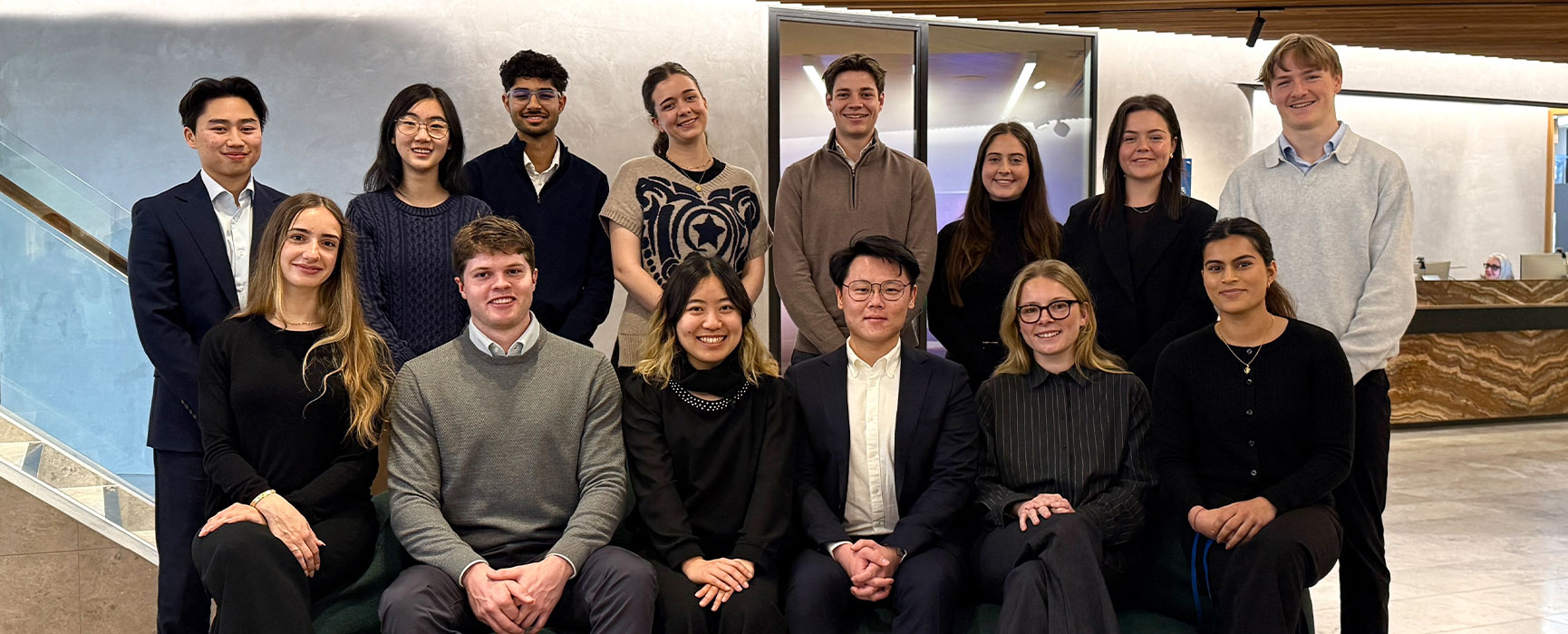
Following the success of our inaugural internship program in 2024, the Agency expanded this year’s intake to encompass both our Melbourne and Sydney offices as well as offering interns exposure to a broader range of teams and disciplines.
Interns joined investment and corporate functions and contributed to real-world projects under the guidance of leaders from Investment, Investment Data Management, Investment Technology, Enterprise Risk, Performance and Analytics, Change Management and Project Services.
Throughout the program, interns worked on initiatives spanning investment analysis, risk governance, property strategy and operational enhancements. Their contributions brought fresh perspectives, enthusiasm and a collaborative spirit that enriched their teams and the broader organisation.
A highlight of the program was the final presentations, where interns shared their achievements with peers and senior leaders. These sessions showcased the projects they contributed to, the work they supported and the insights they gained during their time at the Future Fund.
Growing careers, building leaders
At the Future Fund, we believe that professional growth happens when people are empowered to stretch themselves, lead and contribute meaningfully.
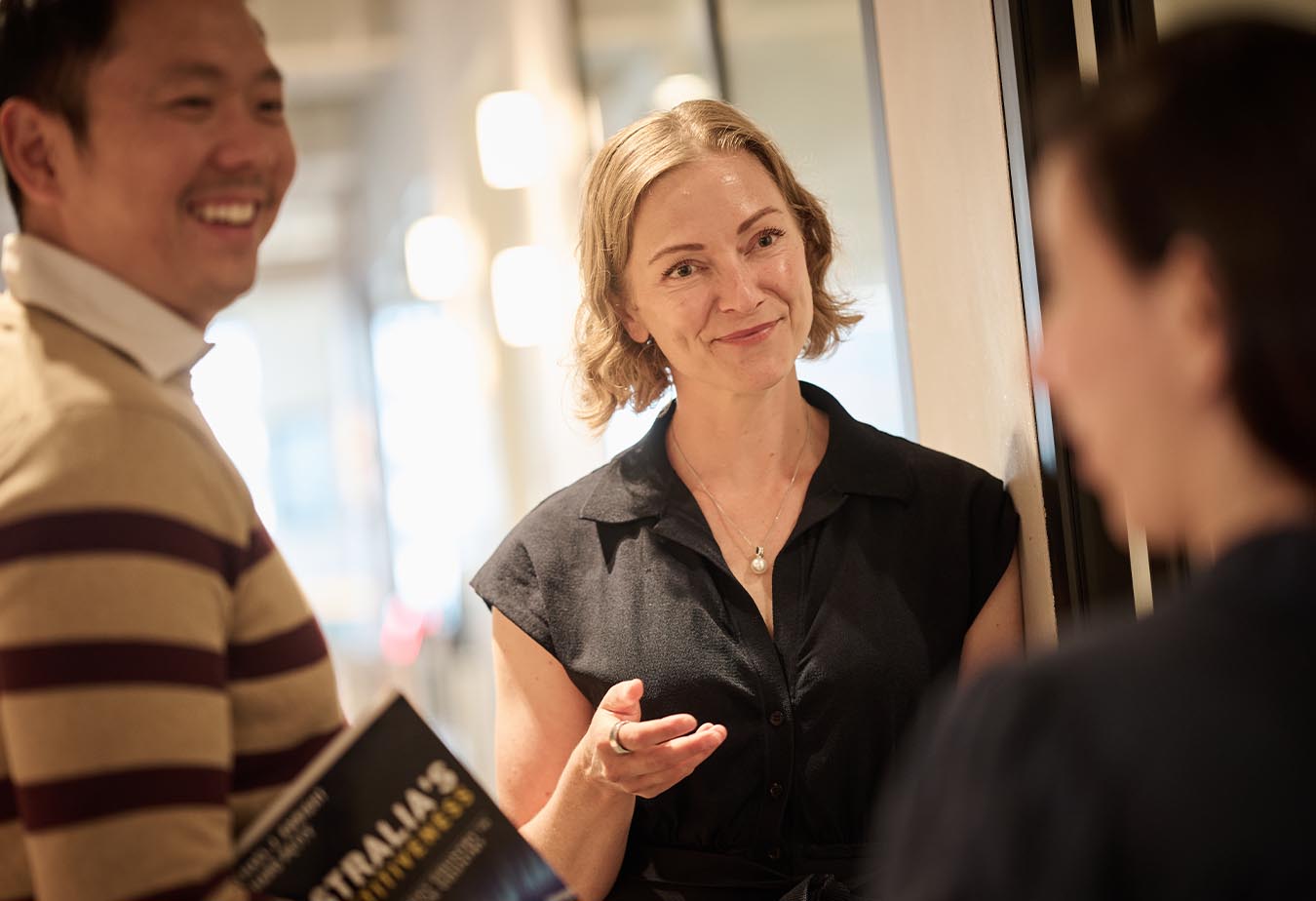
Whether through secondments, leadership programs or strategic appointments, we invest in our people so they can thrive and shape the future of the Agency.
Secondments are one way we support this growth. Since the start of 2024, the People, Culture and Inclusion Team facilitated 14 internal secondments across the Agency, each one a unique opportunity for high-performing staff to expand and develop in new ways. Additionally, one of our Investment Team members joined one of our UK investment managers on a three-month secondment, gaining invaluable exposure to a different organisational culture and fund manager’s operations.
“Secondments are an effective way to develop skills in new contexts,” said Kerstin Schneider, Human Resources Business Partner.
“We consistently observe participants returning with new insights and stronger networks, which benefit both their teams and the wider Agency.”
But secondments are just one chapter in a broader story of development. As the Agency’s newly appointed General Counsel, Gill Denison’s journey is a standout example of what’s possible when growth is intentional and supported.
Gill joined the Agency in 2013 as Director of Legal, after practising corporate law in London, Madrid and Melbourne.
“I spent most of my time at legal firm Freehills doing Future Fund work,” she recalls.
“After a few years, I came on secondment and never left.”
Over the next decade, Gill’s career flourished. She became Head of Legal in 2020 and was appointed General Counsel in July 2025, joining the Senior Leadership Team. Along the way, she completed the Williamson Community Leadership Program and was appointed to the Board of Perth Airport, representing the Future Fund, in 2023.
Gill credits her growth to a clear development plan and exposure to diverse work.
“I knew the sorts of work I wanted to get exposure to and where my stretch opportunities were,” she said.
“Having been exposed to a broad range of work and to a lot of the organisation, I had the confidence to step into the role.”
Her leadership philosophy is grounded in empathy, clarity and connection.
“We are a people business at the end of the day,” she said.
“Leaders need to listen and use that information to create an environment where people can do their best work.”
Gill’s story reflects the Agency’s commitment to growing careers. Her journey from secondment to senior leadership shows how development at the Future Fund is designed to unlock potential and build capability for the long term.
Our reconciliation journey
In 2024–25, the Future Fund entered the second year of its three-year Indigenous Strategy, which is underpinned by a clear vision: as an investment industry leader, the Future Fund will leverage our people and position to create meaningful change for reconciliation.
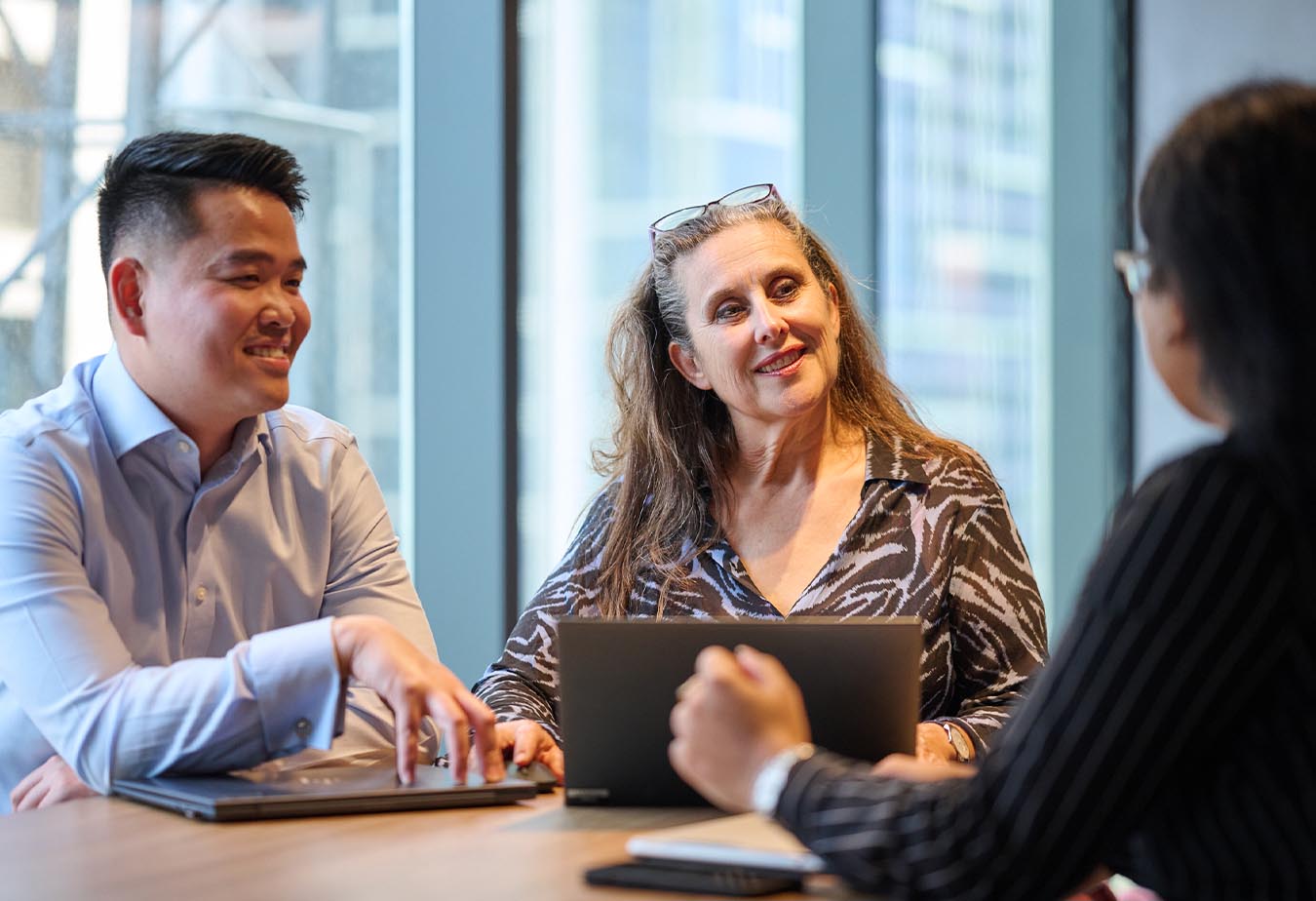
The strategy is built on three pillars:
- Promoting and celebrating culture.
- Meaningful action.
- Critical conversations.
Guided by the Indigenous Strategy Working Group and an external Indigenous Advisor, the strategy integrates diverse perspectives into operations, investment decisions and workplace culture.
Key initiatives delivered this year included NAIDOC and Reconciliation Week events and celebrations, cultural competency training for non-executive directors who sit on boards of assets we invest in alongside other senior leaders, engagement of our first two work experience graduates through our partnership with the Aurora Foundation, an Indigenous organisation that supports Aboriginal and Torres Strait Islander students, and a review of how we integrate Indigenous considerations into our investment decision-making and stewardship activity.
Our role in managing the Aboriginal and Torres Strait Islander Land and Sea Future Fund provides our staff with a deep connection to the work we are doing through our Indigenous Strategy.
Fostering good decisions
This year the Agency launched a dedicated Good Decisions Program, designed to strengthen the Agency’s capability in making informed, debiased and impactful investment decisions.
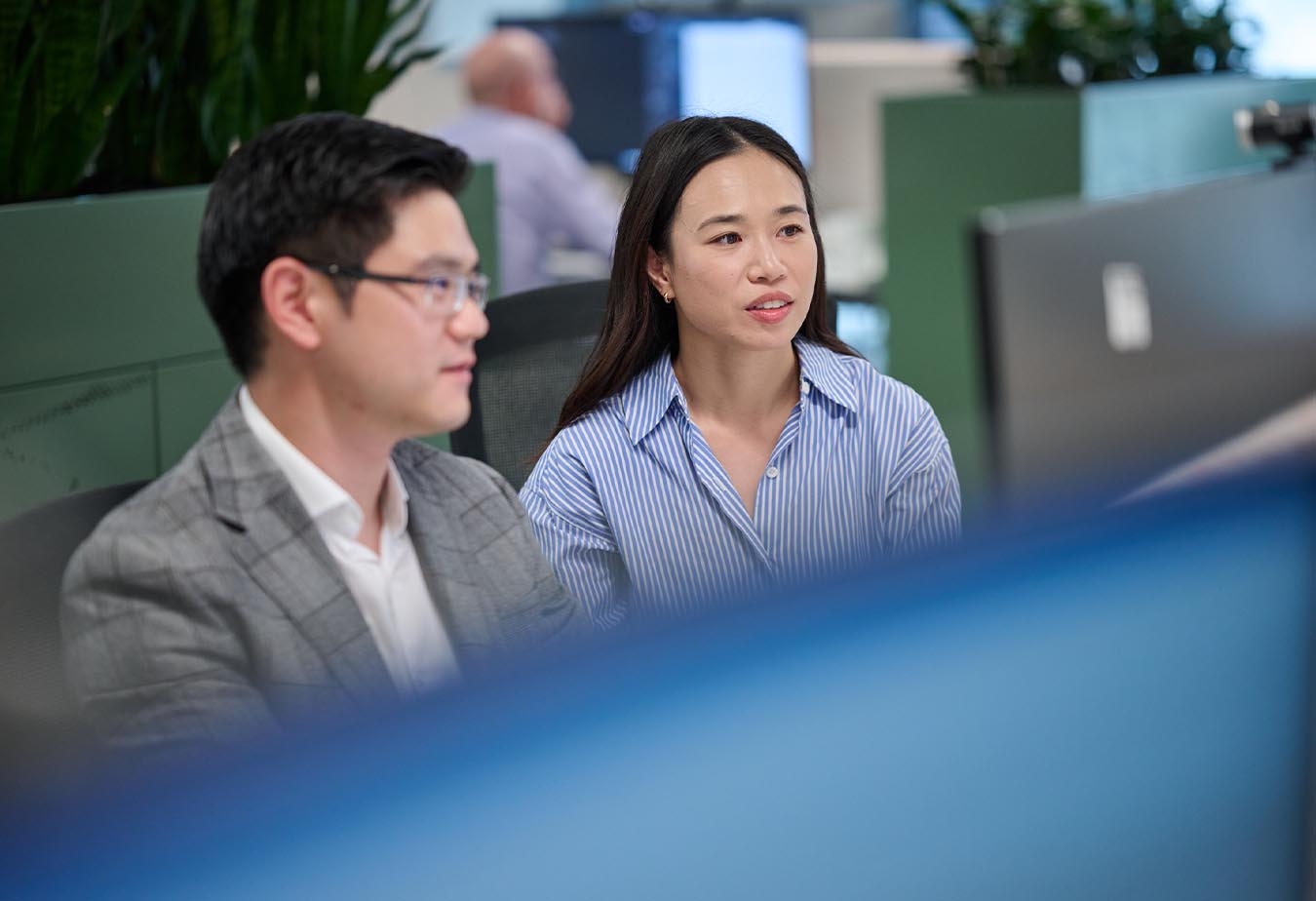
Spearheaded by Megan Ford, Acting Executive Director of Investment Capability and Intelligence, the program supports our broader goal of continuous improvement.
“Making high-quality decisions is at the heart of what we do. This guiding principle underpinned the launch of the Good Decisions Program, a strategic initiative by the Future Fund Academy aimed at enhancing decision hygiene and facilitation practices across the Agency,” explained Megan.
The Good Decisions Program has fostered a collaborative culture around decision-making with a number of resources made available including a dedicated Lunch and Learn session on ‘The Science of Decisions.’
“Everyone has a role in making or influencing decisions, and we all make decisions every day that impact the outcome of the Agency and our funds.”
The Good Decisions Program is more than a training initiative, it is a cultural shift. By embedding decision science into daily practice, the Agency is positioning itself to navigate complexity with confidence and clarity.
As a result of this program, we have changed some of our committee processes, structures and the way they operate so we are more focused and effective.
These enhancements include reducing committee sizes with limited observers to foster richer debate and higher-quality discussions, introducing conviction voting to reveal diverse views and improve feedback for the Investment Team, and leveraging technology to continuously capture insights and align governance efforts with impact.
Accommodation investments across the country
In December, we made significant investments in two new opportunities as part of the Future Fund’s Unlisted Property portfolio: the RF Corval Manufactured Housing Estate (MHE) Fund and Greystar Purpose Built Student Accommodation (PBSA).
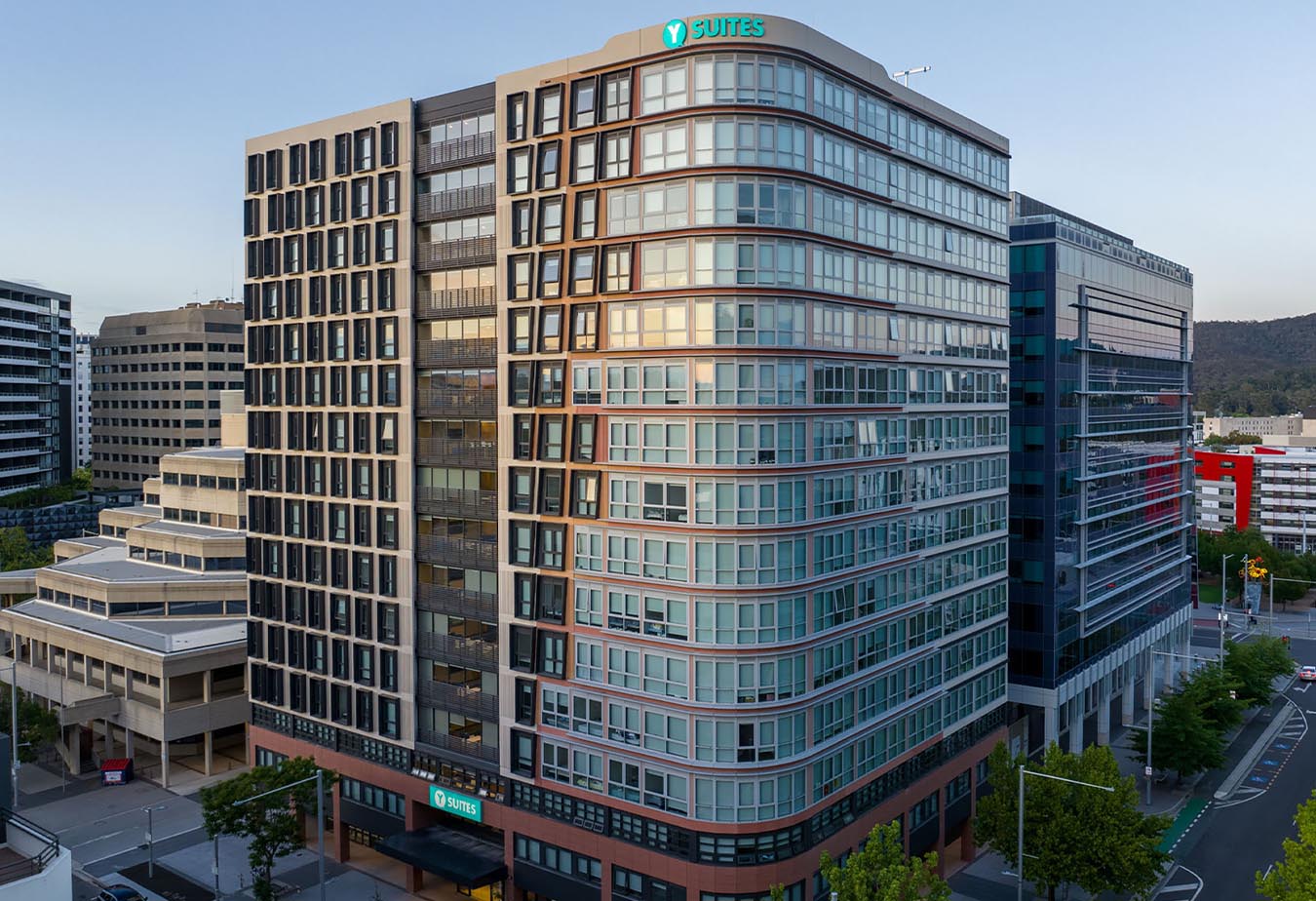
We partnered with RF Corval to create a portfolio of Land Lease Community (LLC) estates in Australia.
These communities provide affordable and attractive housing options for Australia’s ageing population.
The RF Corval MHE Fund has now secured nine LLC assets, which will provide approximately 3,000 homes once fully developed. These communities are in New South Wales, Queensland and South Australia, and in areas that are popular with retirees.
The demand for quality retirement accommodation is expected to remain strong due to an ageing population, housing affordability issues and the trend of downsizing.
We also partnered with Greystar to acquire a national portfolio of seven Purpose Built Student Accommodation (PBSA) assets.
The portfolio includes seven assets with over 5,500 beds, located in Melbourne, Sydney, Canberra, Adelaide and Brisbane. Built between 2018 and 2024, these properties serve major universities in each location.
Despite some uncertainty around government-proposed enrolment caps to reduce international student numbers, PBSA beds are expected to remain in high demand due to limited supply.
The supply forecast for residential assets suggests a continued undersupply of housing throughout Australia, which is likely to persist beyond the hold period of both investments. Ongoing demand supports the long-term potential of these investments.
These investments by the Future Fund will provide stable, long-term returns in line with our investment strategy while helping to address critical housing needs.
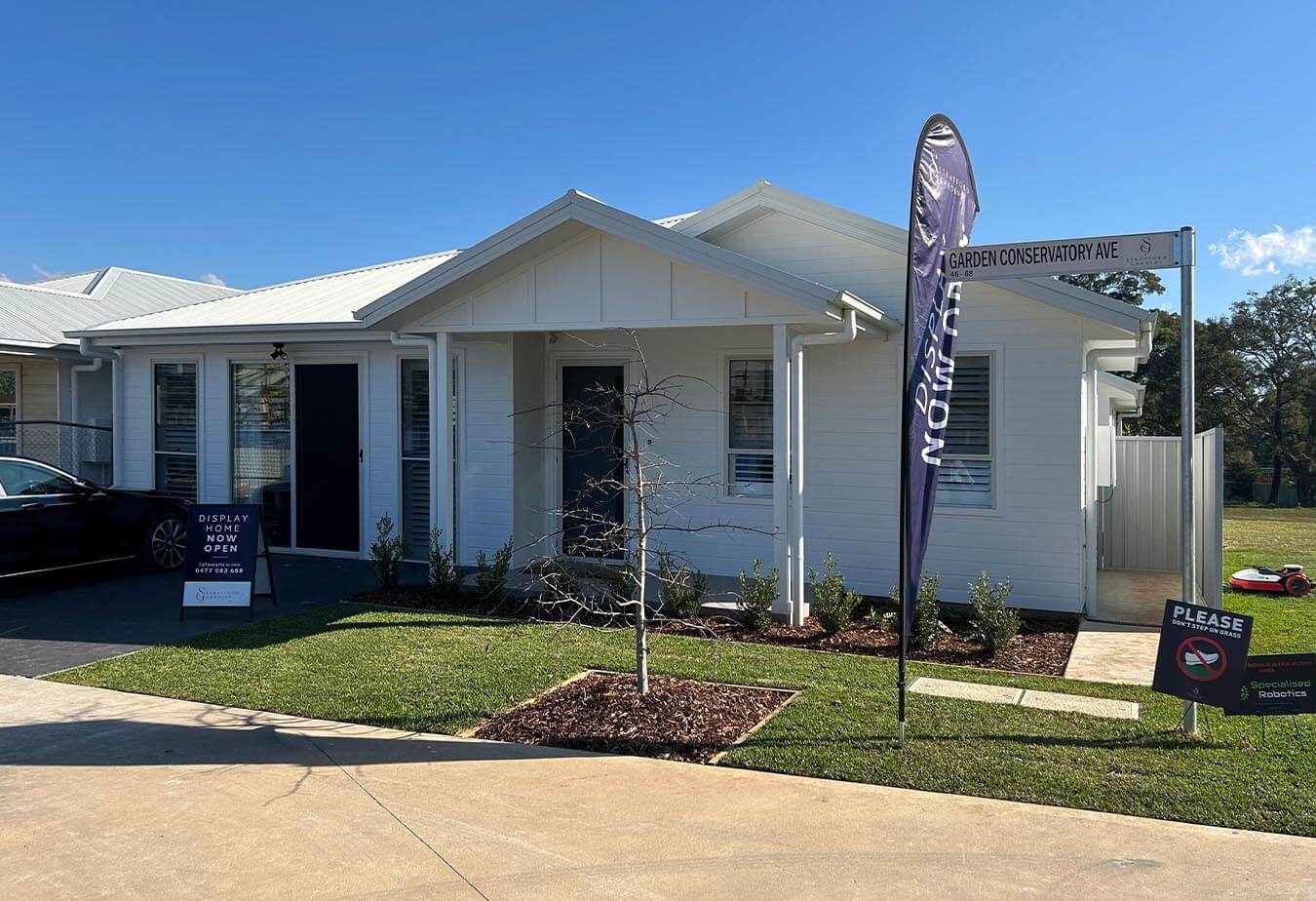
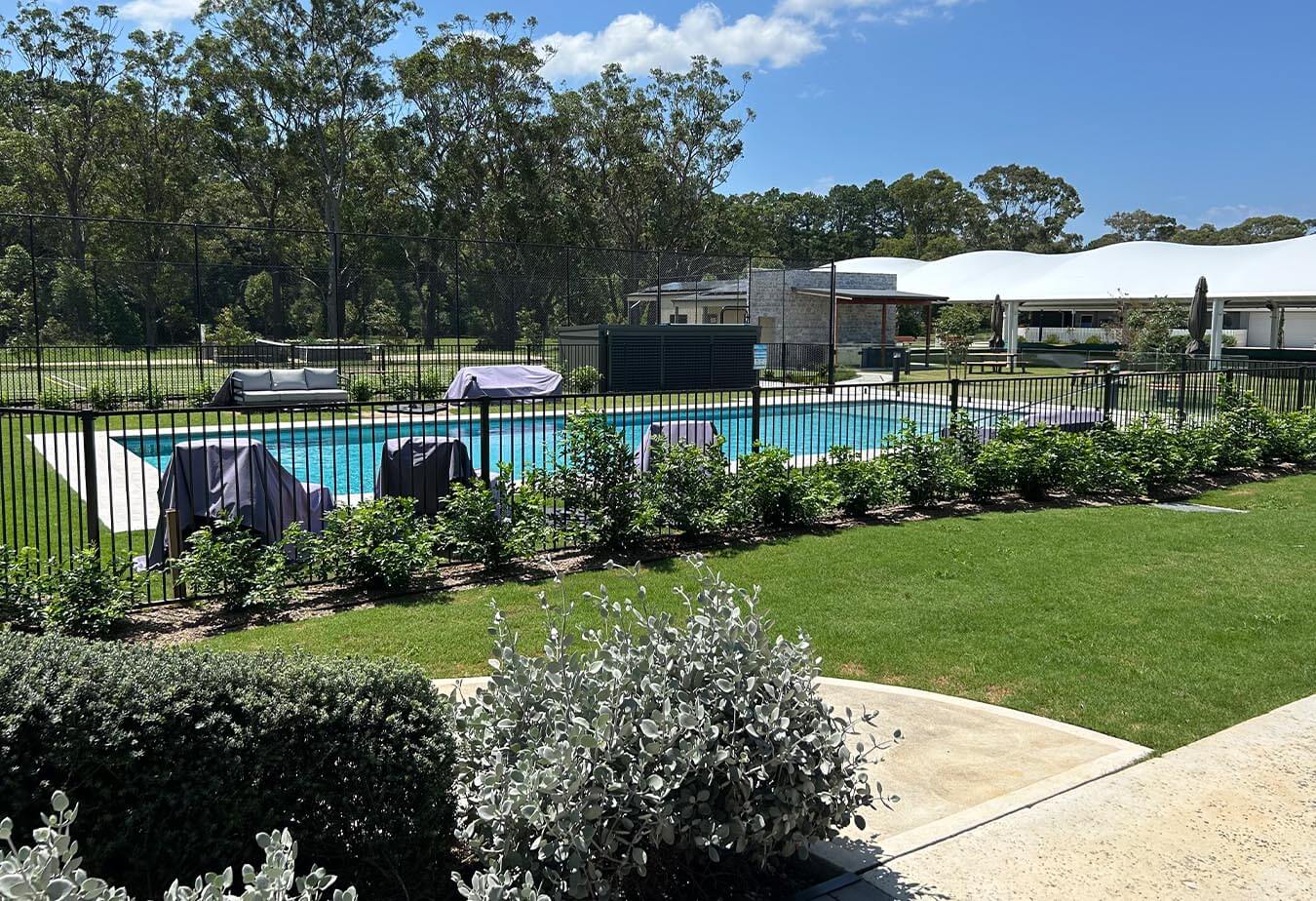
Future Fund Board of Guardians update
The Board of Guardians is responsible for deciding how to invest the assets of each fund. They are appointed by the responsible Ministers, in accordance with legislation and selected for their expertise in investing in financial assets, managing investments and corporate governance.
This year we welcomed Mr James Craig to the Future Fund Board of Guardians for a five-year term.
Mr Craig is a highly accomplished business leader with a wealth of investment and commercial experience in a range of financial services and other sectors including more than 20 years with Macquarie Bank where he led their businesses in Europe from 2003 to 2008 and was Chair of Macquarie Capital (Melbourne) for six years.
Mr Craig joins the other five Guardians and Chair in safeguarding decisions that support the securement of Australia’s financial future through long-term investment stewardship.
This year we also farewelled long-serving Guardian Mr Michael Wachtel.
Mr Wachtel was appointed to the Board on 3 April 2016 and during his nine-year tenure provided the organisation with much-valued guidance, experience and wisdom. He concluded his term on 2 April 2025.
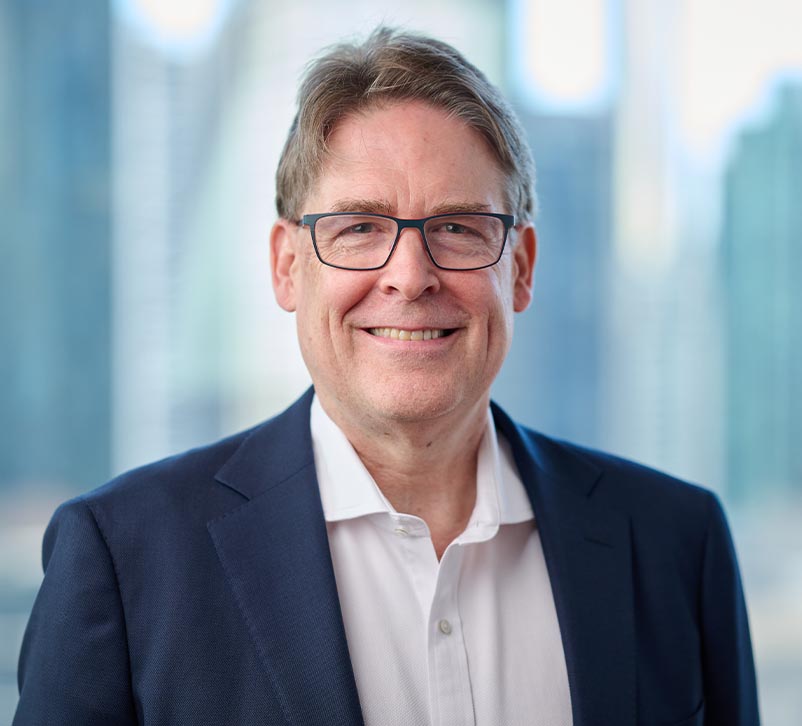
Mr James Craig
Guardian
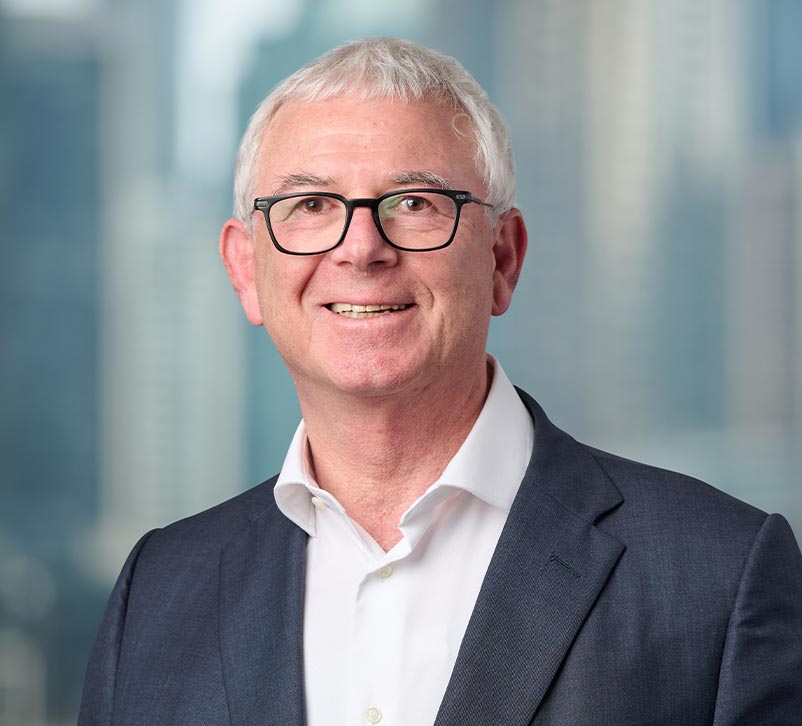
Mr Michael Wachtel
Guardian
(served from
3 April 2016 to 2 April 2025)
New additions to the Senior Leadership Team
The Senior Leadership Team (SLT) guides the strategic direction and operational delivery of the Agency and is responsible for advising the Future Fund Board of Guardians on investment strategies and overseeing their implementation.
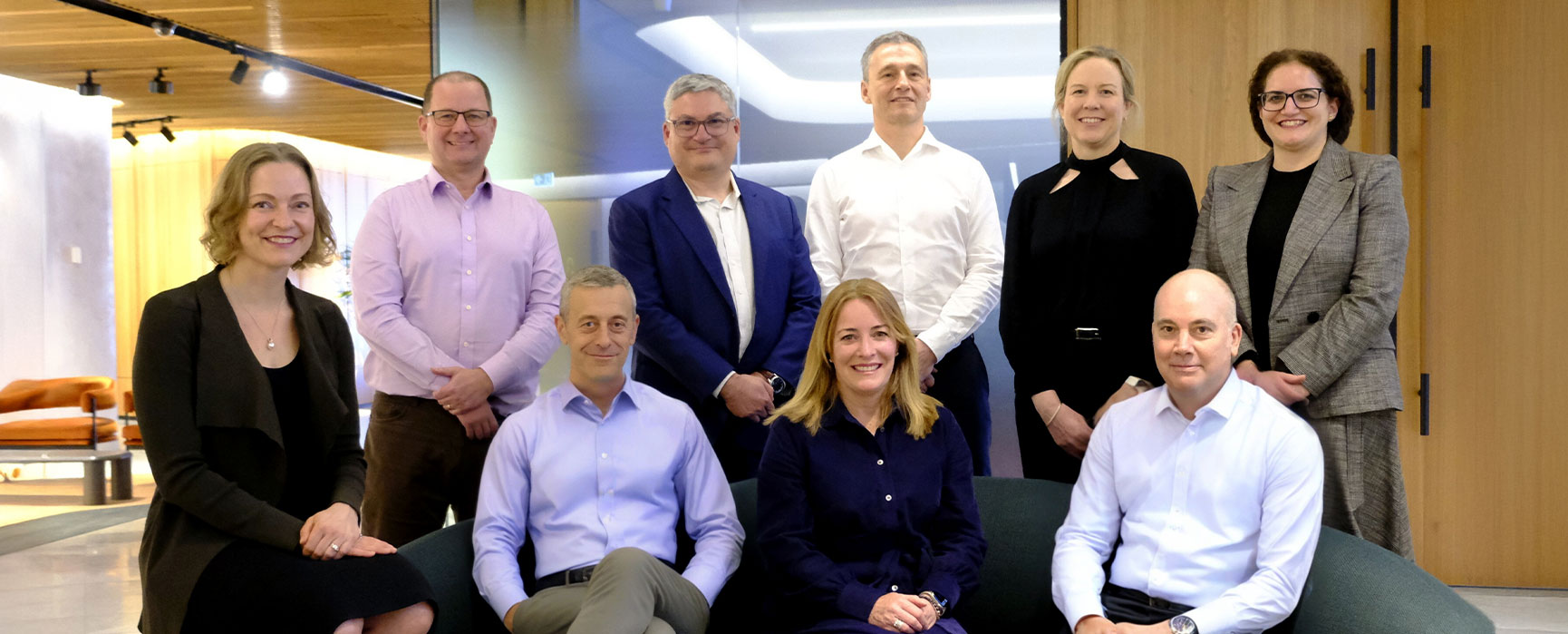
This year Simone Hartley-Keane joined our SLT as Chief People, Culture and Inclusion Officer. Simone is a highly experienced human resources executive, joining us from Maurice Blackburn Lawyers, where she served as the Chief People & Culture Officer. Her broader career spans executive HR roles at Asciano, GE Capital and Country Road Group.
Just after the close of the financial year Gillian Denison became an SLT member after being promoted to General Counsel. Gillian joined the Future Fund in 2013 as Director of Legal before becoming Head of Legal in 2020. She began her career as a corporate lawyer, with particular expertise in private equity, working at law firms in both Australia and the United Kingdom. She is also a Board Member of Perth Airport.
Nancy Collins also joined the Agency and the SLT as Chief Financial Officer and Chief Risk Officer on 14 July 2025. A Chartered Accountant with an Executive MBA among other qualifications, Nancy is an accomplished senior executive with extensive experience across strategy, finance, operations and enterprise risk in the education, manufacturing and professional services sectors.
With the arrival of Simone and Nancy and the promotion of Gillian, our SLT now consists of eight members reporting to our CEO.
Promoting our people
We are intentional about cultivating a collaborative, high-performing culture where our people are driven to do their best work, support their colleagues and contribute to the future success of both our organisation and the country. This year 28 of our people were promoted or advanced internally into new roles across the Agency.
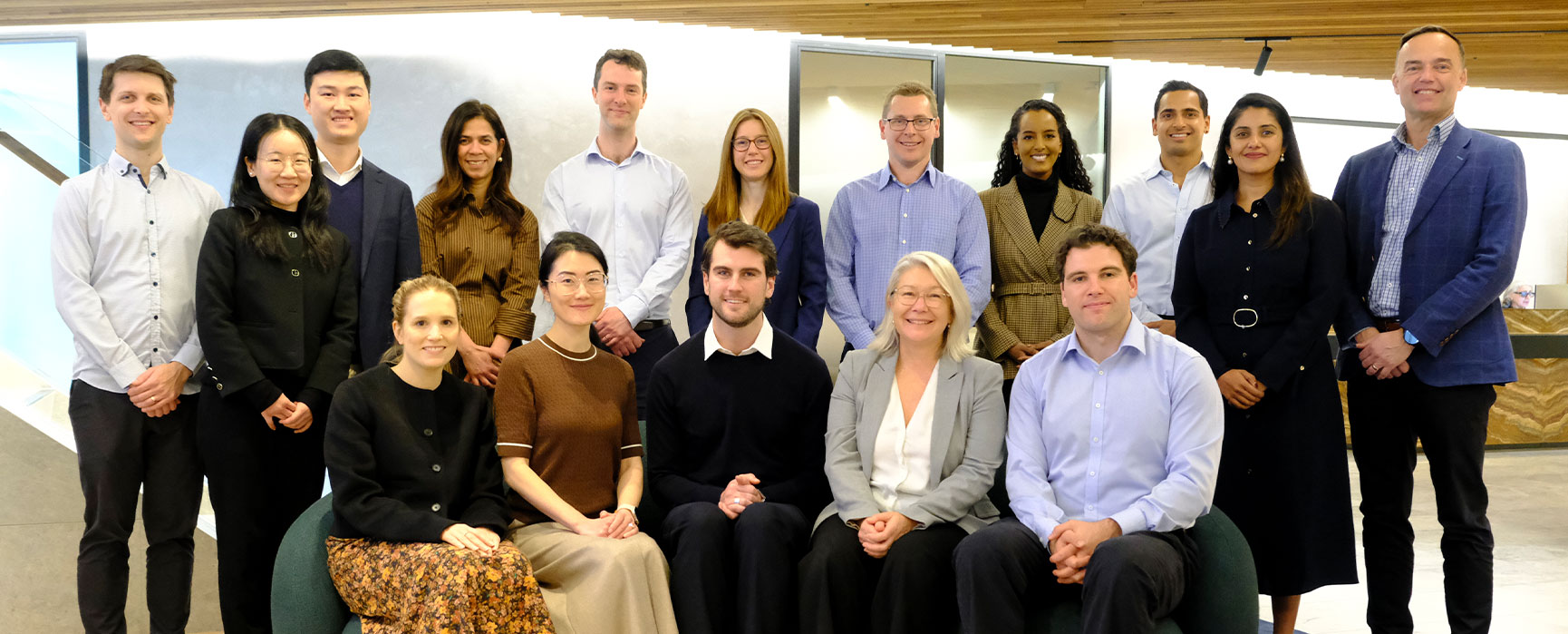
Congratulations to:
- Ruchika Khurana
- Peter Moore
- Ben Kakoschke
- Dolly Li
- Feliks Zemdegs
- Phan Tran
- Richard Mursell
- Eddy Zhu
- Hannah Cotching
- Esther Yeong
- Darryn Verey
- Jennifer Dearn
- Beau McCall
- Sarah Nega
- Chris Groves
- Stephanie Temelli
- Fiona Goring
- David Baird
- Jai Sartori
- Sahil Arora
- Amelia Watson
- Jak Carty
- Harje Ronngard
- Sophie Trumble
- Paul Crisp
- Jackie Chin
- Shikha Gupta
- Wendy Hu